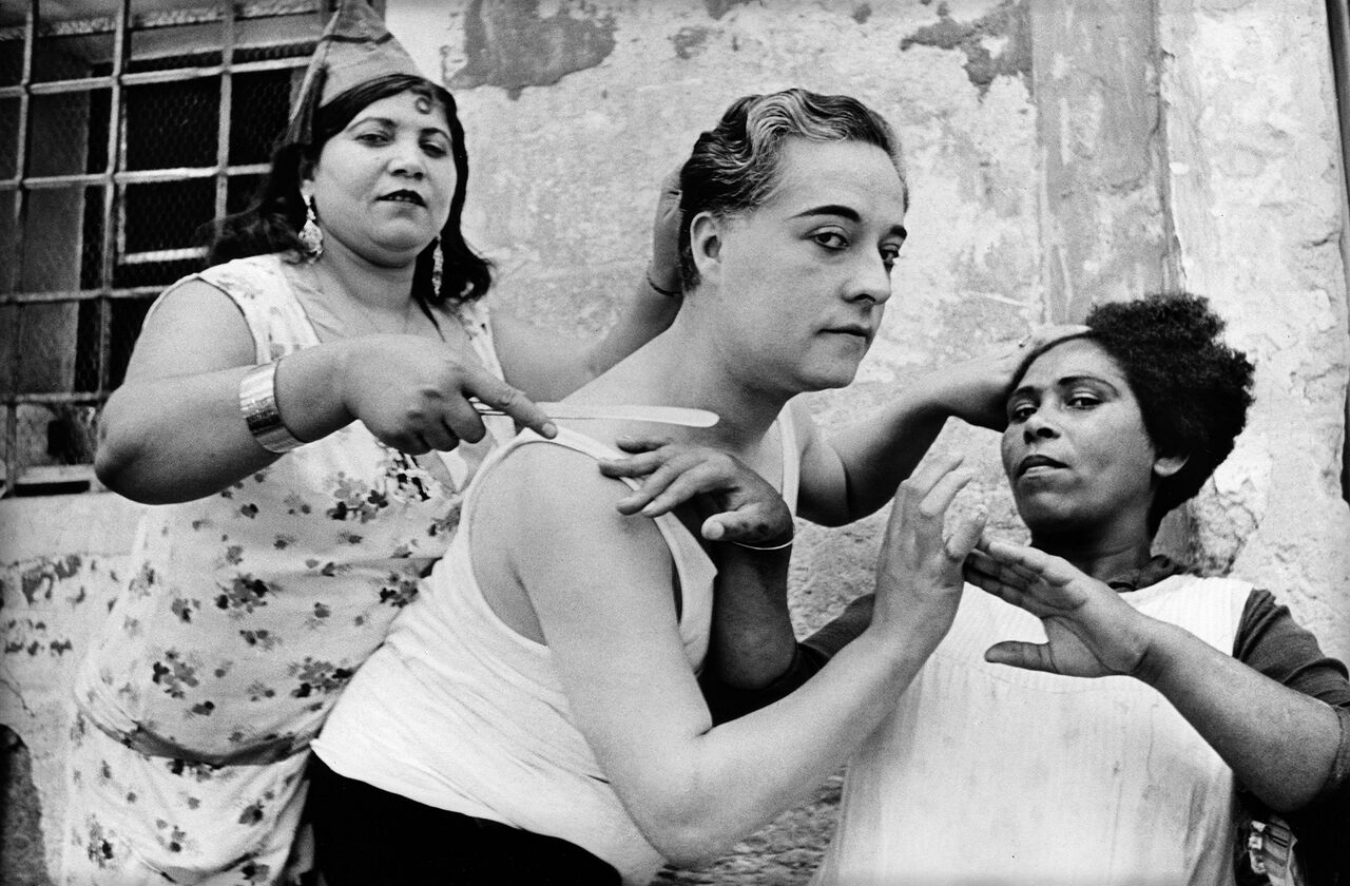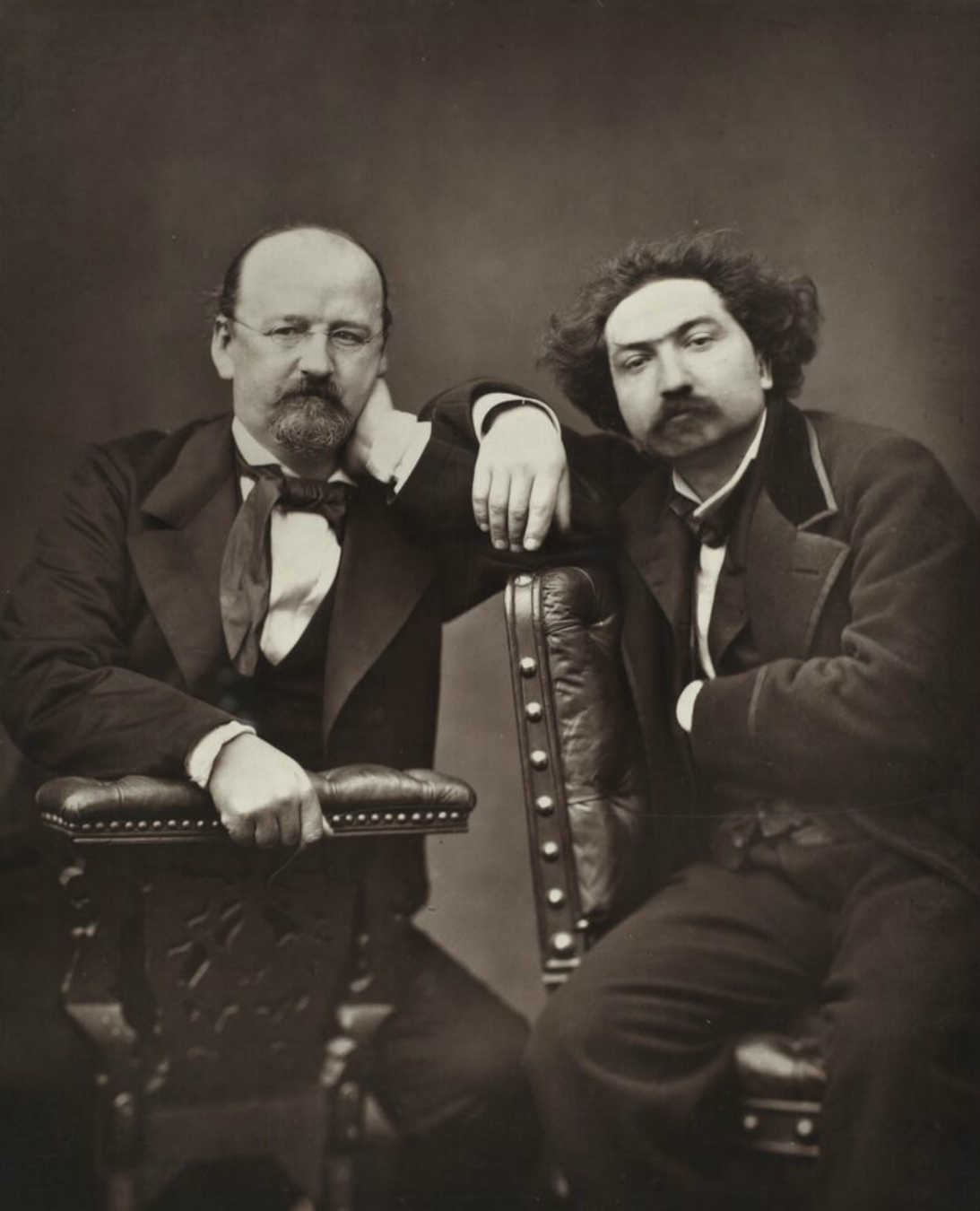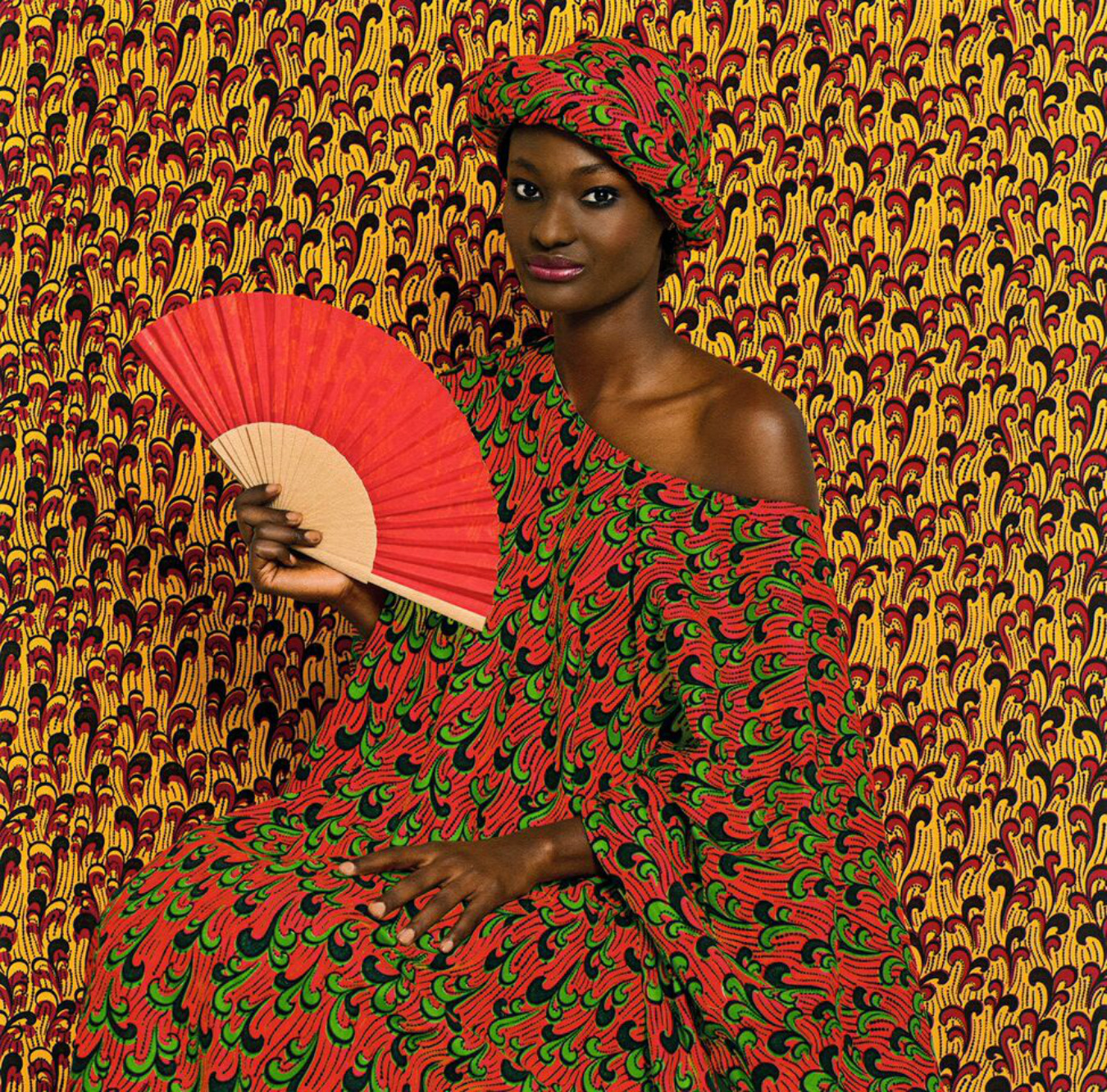A portrait, in the most conventional sense, faithfully records the likeness of a person. The subject is reified as a spectacle to be looked at, first by the lens that captures the image and then by the audience that views it. Missing from this equation, of course, is the subject’s act of looking. Indeed, portraiture is not a hierarchy whereby an active observer positions a passive recipient; it is an energetic exchange of intensity and intentionality.
These tensions of looking are distilled in “Eye To Eye”, a Presentation House Gallery exhibition of portrait photography drawn from the private collection of Claudia Beck and Andrew Gruft. “We took the idea of portraiture very loosely,” notes Gruft, who worked closely with curator Helga Pakasaar in selecting the works. Acclaimed American artist Anne Collier’s Eye (Hot Foil Stamping) (2007) vividly expresses this liberated definition. The print depicts an open book, its page bearing the image of a single eye. Although the viewer is separated by degrees from the subject—after all, Collier has photographed a photograph reproduced in a publication—the image’s stare meets the viewer’s gaze with unsettling imminence.
Beyond this, other inanimate objects convey unexpected curiosity: Daido Moriyama’s Kanagawa (1975) shows a hand holding a newspaper whereupon advertisements generate a narrative expressivity. In Mike Grill’s Tomato (2008), a woman is cursorily glimpsed outside a window, while a ripe tomato and vibrant flowers hijack the viewer’s attention at the centre of the shot, confounding the distinction between portrait and still-life.“In Canada, there haven’t been a lot of far-ranging photography shows lately,” observes Gruft, who has been watching the international art scene during his and Beck’s 40 years of collecting. “This actually makes ‘Eye To Eye’, in a sense, more interesting and important.” Previously, Beck and Gruft’s outstanding collection was the focus of the Vancouver Art Gallery’s 2005 exhibition “Real Pictures”, but the current show is unique in its emphasis on portrait photography.
Kevin Madill’s large diptych Sisters (1993), Omar Victor Diop’s tiny print Animata (2013), and Katy Grannan’s Anonymous, Modesto, CA (2012) are portraits in a more traditional sense, vivid colour documents of subjects facing the photographer. In contrast, the figure in British artist Richard Learoyd’s Olya Square Mirror (2010) is turned in semi-profile, the cool atmosphere of greys and blues foregrounding her introverted cogitation. Learoyd captures his images through a large-scale camera obscura consisting of two rooms: a lit room wherein his muse sits, connected by a single lens to a darkroom where he exposes photographic paper. Modelled after the oldest photographic technology, the results are stunning—razor-sharp detail offset with a painterly, sfumato softness.
The remarkable breadth of the collection harkens back to Nova Gallery, a commercial gallery that Beck and Gruft operated from 1976 until 1982. “It was a surprise, because when we started, we figured if we made a year, we’d have done all right,” recalls Gruft. Nova Gallery proved a benchmark in the Vancouver art scene. “We did shows every three weeks—it was amazing how we managed to keep that up—and we showed everything from 19th century stuff through classic 20th century stuff, to local artists.” The scope of the Beck-Gruft collection is evident in the eastern wing of Presentation House Gallery, where a 19th century woodburytype by Pierre Petit gazes across the room at Night (2007), a digital video triptych by contemporary Canadian artist Owen Kydd, while iconic photographs by Diane Arbus and William Klein hang nearby. The mix that Gruft and Pakasaar have curated is refreshingly eclectic; chronological sequence and categorisation are suspended in favour of dynamic visual dialogue. Interestingly, Pakasaar was Beck and Gruft’s first and only employee at Nova Gallery—a serendipitous start to her career as a curator. “It’s sort of a joke between us that we haven’t worked on a show together in 40 years,” laughs Gruft.
Gruft, who describes himself as an opportunistic collector, calls it an unshakable habit. “We’ve always been interested in the whole field, from the beginnings of photography to art from last week,” he says. And through this range of works, “Eye To Eye” pays homage to the constantly evolving technology of photography, as well as the timelessness of portraiture as a mode of representation—a mode that can convey the artist’s intention, the subject’s response, and the medium through which these gazes meld and interchange.
“Eye To Eye” runs until July 26.
Images courtesy of the collection of Claudia Beck and Andrew Gruft.












